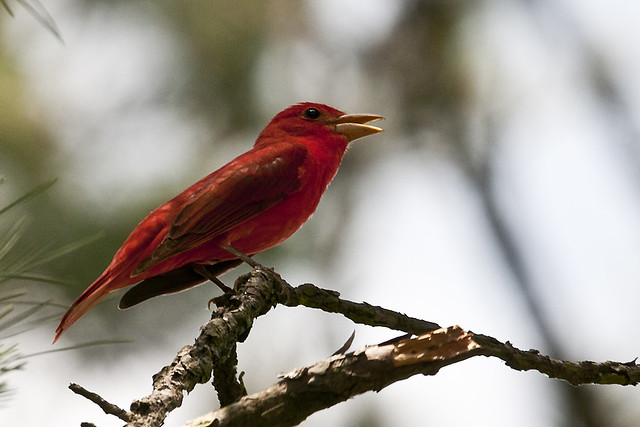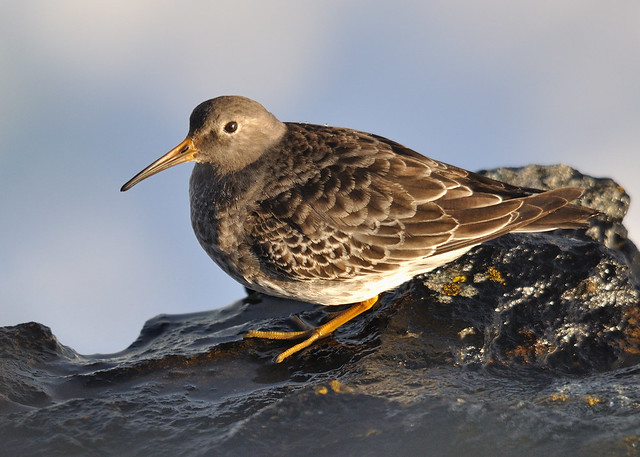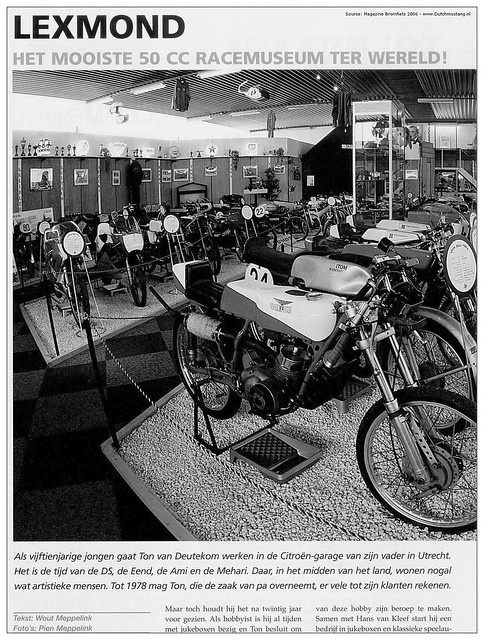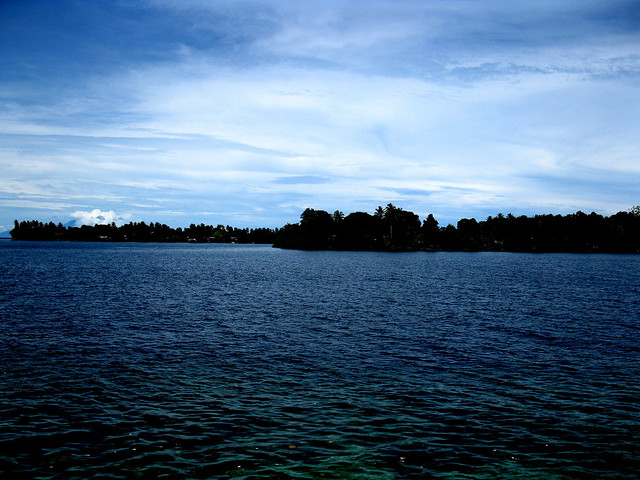
Prince William
Who's who in the Royal family

Kate Middleton
The family behind the future Queen

Wedding Pictures
Official memorabilia from around the world.

The Royal Wedding
Royal wedding day guide: everything you need to know.
Royal Wedding: Nick Clegg says the current rules of royal succession are 'old fashioned'
Nick Clegg has said current rules preventing a first born of Prince William and Kate Middleton acceding to the throne if the child is a girl are "old fashioned".

Any future princesses born to the couple would be given the same rights as male heirs Photo: AP
6:12PM BST 16 Apr 2011
Comments
The Government is examining ways of scrapping the principle of male primogeniture in order to grant any future princesses born to the couple the same rights as male heirs.
Under current arrangements, the Prince’s first born son would be next in line to the throne, even if he had an older sister.
Mr Clegg, who is responsible for constitutional reform within the Government, is seeking to change this so that in future the line of succession is determined without regard to sex.
He has already raised the matter at the Privy Council, and is understood to have obtained the Queen’s consent to the move if this proves to be the will of the people.
However, David Cameron is said to be less keen on the change due to the complications involved.
On Saturday, Mr Clegg said the rules governing the line of succession to the throne would appear to most people as "a little old fashioned" and that a change of the rules was worth considering.
He said that both he and the Prime Minister were "sympathetic" to changes, but that doing so was a complex process which could not be done "overnight".
Speaking in Sheffield after delivering a local election campaign speech, he said: "My own personal view is that in this day and age the idea that only a man should ascend to the throne I think would strike most people as a little old fashioned.
"And that if Prince William and Catherine Middleton were to have a baby daughter as their first child, I think most people would think it is perfectly fair and normal that she would eventually become Queen of our country and it is worth looking at, but it is complex and it will require some careful thought with other countries which will be affected as well."
As the British monarch also acts as the head of state of a number of Commonwealth nations, any change to the line of succession would require legislation in 16 separate countries.
The Prime Minister is said to believe that to achieve this would be complex and time-consuming at a time when the Government’s full attention should be on tackling the deficit and enacting the Coalition agenda.
An attempt by the Labour peer Lord Dubs to alter the line of succession with a private members bill in 2005 was seen off by Tony Blair’s government.
At the time, Lord Falconer, the then lord chancellor, said that the move was not a priority, because Princes William and Harry were young and unmarried.
However, following the Royal Wedding later this month, Mr Clegg is said to believe that the matter has become more pressing, with the possibility of a baby princess arriving within a year.
Moves were begun by Gordon Brown under the last government to secure the agreement of the Commonwealth to the move.
However, it is understood that two of the most influential Commonwealth nations, Australia and Canada, have expressed opposition to enacting legislation to alter the line of succession.
Both governments echoed Mr Cameron’s view that there was more pressing domestic legislation.
There are also concerns that republican movements, which are particularly strong in Australia, could hijack the legislative process to seek to detach from the monarchy altogether.
Mark Harper, the Constitutional Affairs Minister, earlier this year told MPs that although the Act of Succession, which blocks Roman Catholics from taking the crown as well as confirming the principle of male primogeniture, was “discriminatory,” changing it could take many years.
The matter is likely to be on the agenda when Commonwealth leaders meet for a summit in Australia later this year.
Concerns about the line of succession were given renewed impetus four years ago with the birth of the Viscount Severn to the Earl and Countess of Wessex.
He was installed as eighth in line to the throne, ahead of his sister, Lady Louise Windsor, who is four years older than him.
The Princess Royal is 10th in line to the throne even though she is older than both the Duke of York, who is fourth in line, and the Earl, who is seventh.
If the rule of male primogeniture was scrapped, and if Prince William and Kate had yet to bear children, the Princess would be promoted to fourth in line to the throne, after the Prince of Wales, the Prince and Prince Harry.
Her son Peter Phillips would move from 11th to fifth in line, followed by his daughter, Savannah, who would move from 12th to sixth, and Zara Phillips, who would go from 13th to seventh.
The Duke would move from fourth to eighth in line to the throne, to be followed by Princess Beatrice and Princess Eugenie.
prince william and kate middleton, male primogeniture, male heirs, william and kate, royal succession, line of succession, nick clegg, privy council, david cameron, prince william and kate, kate middleton, prince william, campaign speech, rsquo, constitutional reform, baby daughter, royal wedding, personal view, firs, older sister
Telegraph.feedsportal.com

![[Olymp]](http://si.wsj.net/public/resources/images/PT-AN969_Olymp_F_20100226192452.jpg) Associated Press
Associated Press



















 photo" width="640" height="426">
photo" width="640" height="426">












![[OLDSKIIER]](http://si.wsj.net/public/resources/images/PT-AN809A_OLDSK_F_20100212170132.jpg) Agence Zoom/Getty Images
Agence Zoom/Getty Images![[SP_HOL1]](http://si.wsj.net/public/resources/images/PT-AN811A_SP_HO_D_20100212170306.jpg) Reuters
Reuters







